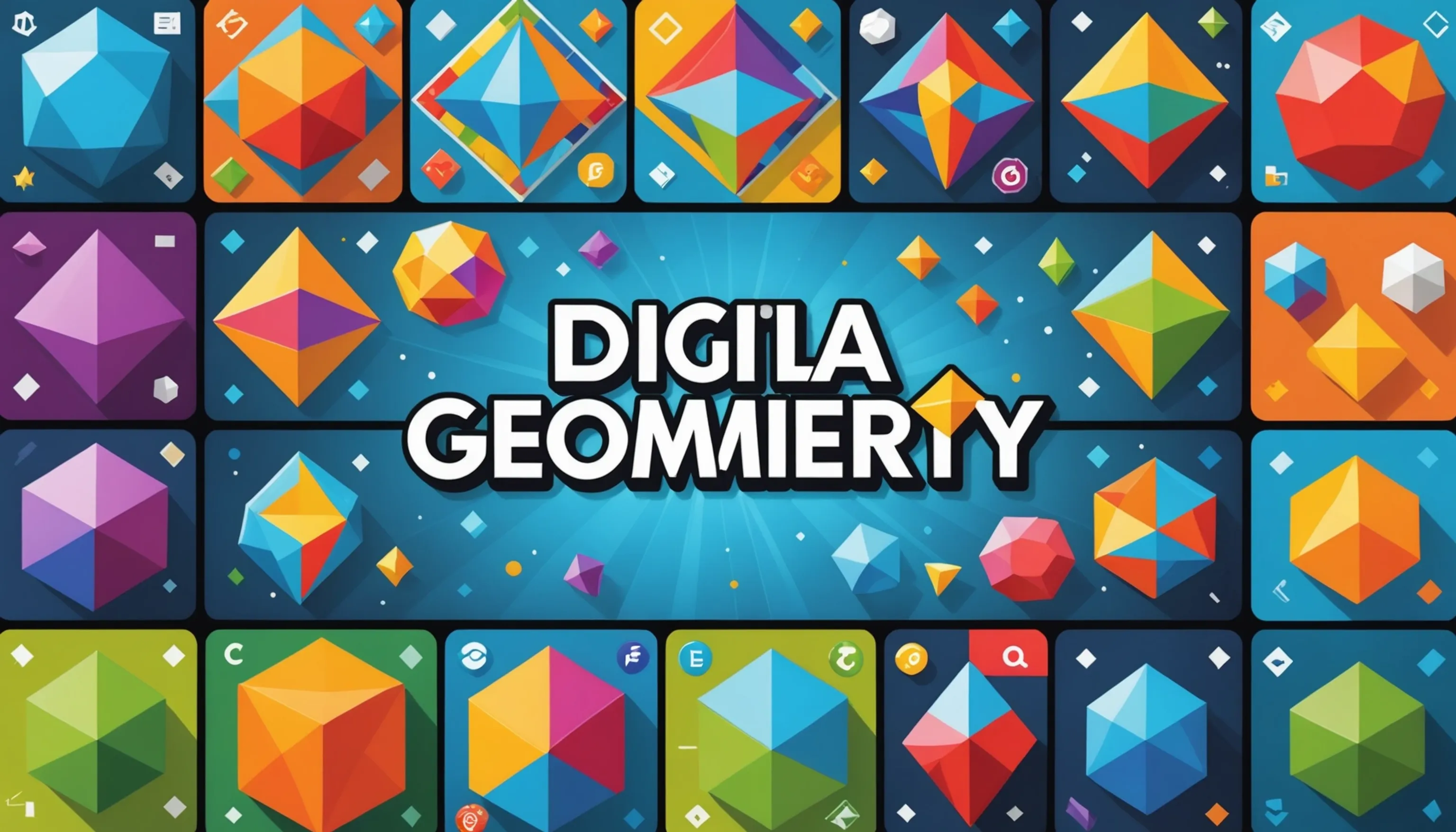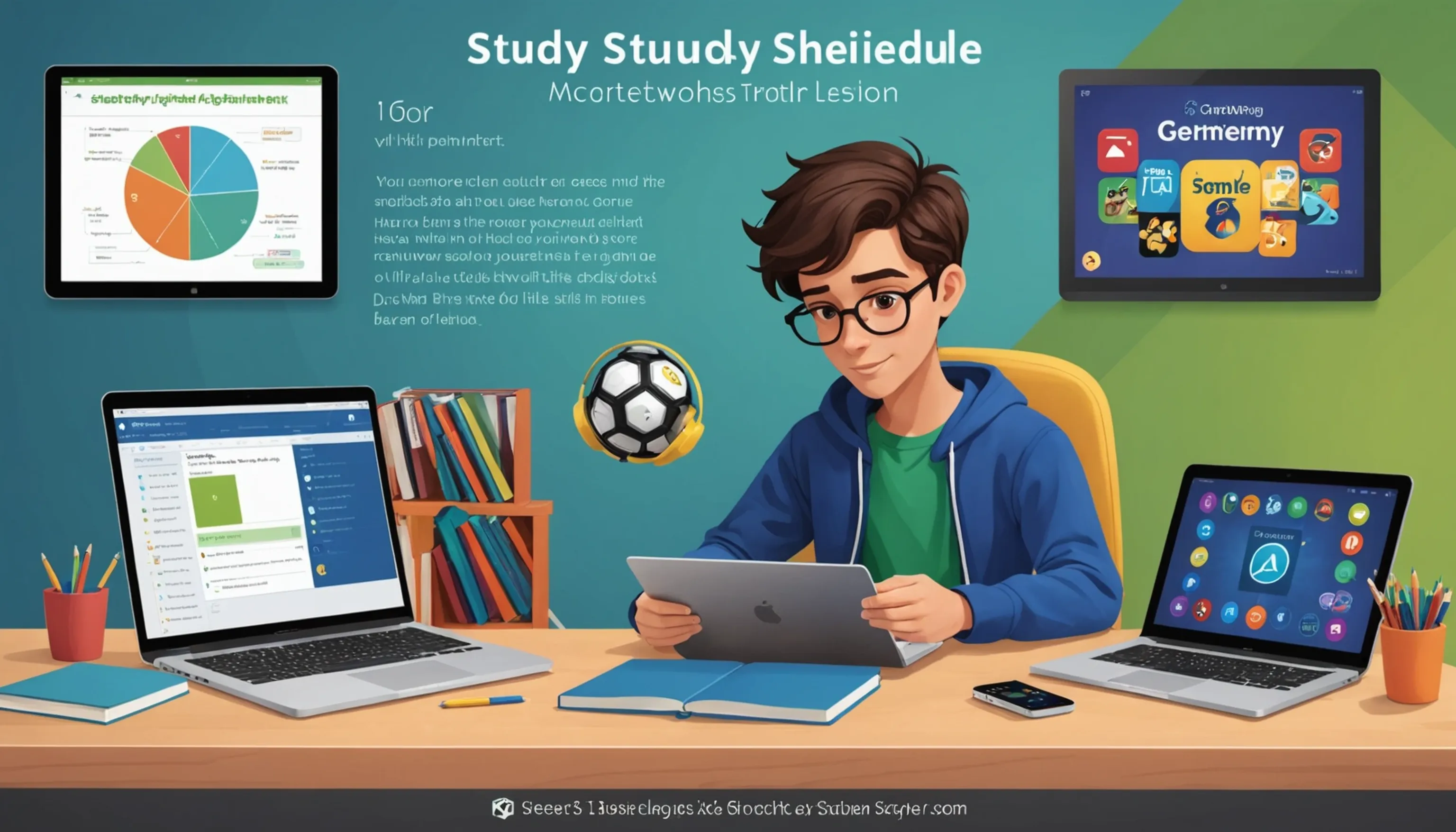Geometry Games for Teens
 HvWHenry van Wagenberg
HvWHenry van Wagenberg
Geometry Games for Teens: Fun and Educational Options
Geometry games are a fantastic way for teens to engage with mathematical concepts in a fun and interactive manner. These games not only make learning enjoyable but also reinforce essential skills such as spatial reasoning, problem-solving, and critical thinking. There are various types of games available, from online platforms to mobile apps, that cater specifically to teens.
Some popular options include geometry puzzles, virtual simulations, and competitive math challenges. By incorporating these games into learning routines, teens can enhance their understanding of geometry while enjoying themselves, making it easier to retain complex concepts.
Benefits of Geometry Games for Learning
Incorporating geometry games into the learning process offers numerous benefits for teenagers. First and foremost, these games make the subject matter more engaging and enjoyable. By transforming geometry into a playful activity, students are more likely to develop a positive attitude toward mathematics, reducing anxiety often associated with the subject.
Additionally, geometry games enhance critical thinking and problem-solving skills. Many of these games require players to analyze shapes, calculate areas, or explore geometric transformations, thereby fostering a deeper understanding of mathematical principles. This hands-on approach allows teens to grasp abstract concepts in a tangible way.
Another significant advantage is that geometry games can be tailored to different learning styles. For visual learners, interactive puzzles and visual simulations provide a direct way to see geometric relationships. Auditory learners can benefit from games that incorporate discussions or explanations, while kinesthetic learners can engage with physical activities that involve measuring and manipulating shapes.
Moreover, these games often encourage teamwork and collaboration. Group-based geometry challenges promote social interaction, as students work together to solve problems and share strategies. This collaborative environment not only enhances learning but also builds essential communication skills.
Finally, geometry games can help improve retention of concepts. Studies indicate that when students engage with material in a fun and interactive manner, they are more likely to remember the information long-term. Overall, geometry games provide a multifaceted approach to learning that benefits both academic performance and personal development.

Top Geometry Games to Try
Exploring geometry games can be a fun way for teens to enhance their understanding of mathematical concepts. Here are some top games to try:
- Geoboard: This classic game allows players to create shapes using rubber bands on a grid. It's an excellent way to explore geometric concepts such as area, perimeter, and symmetry.
- Geometry Dash: This popular platform game blends geometry with action, requiring players to navigate through levels filled with obstacles. It enhances spatial reasoning while keeping players entertained.
- Symmetry Shuffle: A fun online game that challenges players to identify symmetrical shapes and complete patterns. It's perfect for reinforcing the concept of symmetry.
- Math Playground: This website offers a variety of geometry games, from puzzles to interactive challenges. It allows students to practice their skills in an engaging environment.
- Prodigy Math: This adaptive math platform incorporates geometry into its gameplay, allowing students to solve geometry-related problems while exploring a fantasy world.
- Transformations Game: Available online, this game focuses on transformations, teaching students about translations, rotations, and reflections in a fun and interactive way.
These games not only provide entertainment but also reinforce essential geometry skills. By incorporating these engaging options into study routines, teens can improve their understanding of geometry while having fun.
How to Incorporate Geometry Games in Study Routines
Incorporating geometry games into study routines can significantly enhance learning for teens. Start by setting specific times during the week dedicated to playing these games. This structured approach encourages consistency and makes learning a regular habit.
Additionally, balance game time with traditional study methods. For instance, spend 30 minutes reviewing geometry concepts before rewarding with 30 minutes of gameplay. This not only reinforces learning but also keeps motivation high.
Finally, encourage group study sessions where teens can play games together. This promotes collaboration, discussion, and deeper understanding of geometric principles.

Creating a Balanced Study Schedule with Games
Creating a balanced study schedule that incorporates geometry games can help teens maximize their learning while keeping their study sessions enjoyable. Start by assessing the curriculum and identifying key topics in geometry that require focus. Once you have a list of subjects, allocate specific time slots for each topic.
Begin each study session with traditional learning methods, such as reviewing notes, solving textbook problems, or discussing concepts. This foundational knowledge sets the stage for applying what they’ve learned in a practical context. For example, dedicate 30-45 minutes to studying specific geometry concepts like angles, shapes, or theorems.
After this initial study time, introduce geometry games as a reward and reinforcement tool. Allocate 20-30 minutes for gameplay that directly relates to the topics covered. This not only breaks up the monotony of traditional studying but also allows students to apply their knowledge in a fun and interactive way.
Moreover, consider including group study sessions in the schedule. Collaboration can enhance understanding, as students explain concepts to one another while playing games together. Ensure these sessions remain structured, with defined goals to keep everyone focused.
Finally, regularly review and adjust the study schedule based on progress and feedback. Flexibility ensures that the schedule remains effective and keeps motivation high. By incorporating geometry games into a balanced study routine, teens can enjoy learning while reinforcing essential skills.
Using Geometry Games for Group Learning
Using geometry games for group learning can significantly enhance the educational experience for teens. These games promote collaboration, communication, and critical thinking skills, making them ideal for classroom or study group settings. When students work together, they can share different strategies and perspectives, deepening their understanding of geometric concepts.
To implement geometry games in a group learning environment, start by selecting games that encourage teamwork. Options like geometry scavenger hunts, where teams search for geometric shapes in their surroundings, can make learning active and engaging. Another great choice is team-based online platforms that allow students to solve problems collaboratively in real-time.
Before starting the games, establish clear objectives. Discuss the specific geometry concepts you want the group to focus on, such as angles, shapes, or volume calculations. This helps ensure that the gameplay aligns with educational goals.
During the game, encourage students to communicate openly. Have them explain their thought processes and reasoning as they play. This promotes a deeper understanding of the material, as teaching others is one of the best ways to reinforce one’s own knowledge.
After the game, hold a debriefing session. Discuss what strategies worked, what challenges arose, and how they can apply their newfound knowledge in future geometry problems. By integrating geometry games into group learning, students not only master mathematical concepts but also develop valuable social skills.
Online Resources for Geometry Games
There are numerous online resources available for finding engaging geometry games that cater to teens. Websites like Kahoot! and Quizizz offer interactive quizzes and games that make learning geometry fun and competitive. Math Playground provides a variety of geometry-focused games and puzzles that encourage problem-solving skills.
Additionally, Coolmath Games features various logic and strategy games that incorporate geometric concepts. For a more structured learning experience, Prodigy Math adapts to students' levels and includes geometry challenges within its gameplay. These resources can greatly enhance understanding while keeping learning enjoyable.
Websites Offering Interactive Geometry Games
There are several excellent websites that offer interactive geometry games designed to engage and educate teens. These platforms not only provide entertainment but also reinforce key geometric concepts through hands-on learning.
1. Math Playground: This site features a wide range of math games, including many focused on geometry. Students can explore various geometric shapes, solve puzzles, and tackle challenges that enhance their understanding of spatial relationships.
2. Coolmath Games: Known for its fun and creative math games, Coolmath offers several geometry-based games that require strategic thinking and problem-solving. These games often involve navigating shapes or solving geometric puzzles, making learning enjoyable.
3. ABCya: Targeted primarily at younger audiences, ABCya provides interactive games that cover basic geometric concepts in a fun and engaging way. It’s an excellent resource for younger teens or those just starting to explore geometry.
4. IXL: While primarily a comprehensive learning platform, IXL includes interactive geometry problems and games that adapt to the student’s skill level, allowing for personalized learning experiences.
5. Prodigy Math: This adaptive math platform includes a range of geometry challenges embedded within its fantasy-themed gameplay. Students can earn rewards while practicing their geometry skills in an interactive setting.
By utilizing these websites, teens can experience geometry in a dynamic way, promoting both learning and enjoyment.
Mobile Apps for Geometry Learning
Mobile apps have become a powerful tool for enhancing geometry learning among teens. These applications offer interactive experiences that make studying geometry convenient and engaging. Here are some top mobile apps that focus on geometry:
1. GeoGebra: This versatile app combines geometry, algebra, and calculus in an interactive platform. Students can create constructions and models, visualize geometric concepts, and solve equations, making it an excellent resource for comprehensive math education.
2. Mathway: While not exclusively focused on geometry, Mathway provides detailed solutions to geometry problems. Students can input their questions and receive step-by-step explanations, helping them understand the methods behind the solutions.
3. Geometry Pad: This app allows users to create and manipulate geometric shapes in a visual manner. It’s particularly useful for exploring properties of shapes, transformations, and measurement concepts through hands-on interaction.
4. Prodigy Math Game: This fantasy-based math game incorporates various math subjects, including geometry, into its gameplay. Students can battle monsters while answering geometry questions, making learning exciting and engaging.
5. Khan Academy: The Khan Academy app offers comprehensive lessons on various math topics, including geometry. With instructional videos, practice exercises, and quizzes, students can learn at their own pace and track their progress.
By utilizing these mobile apps, teens can enhance their understanding of geometry in a fun and interactive way, making learning accessible anytime and anywhere.
